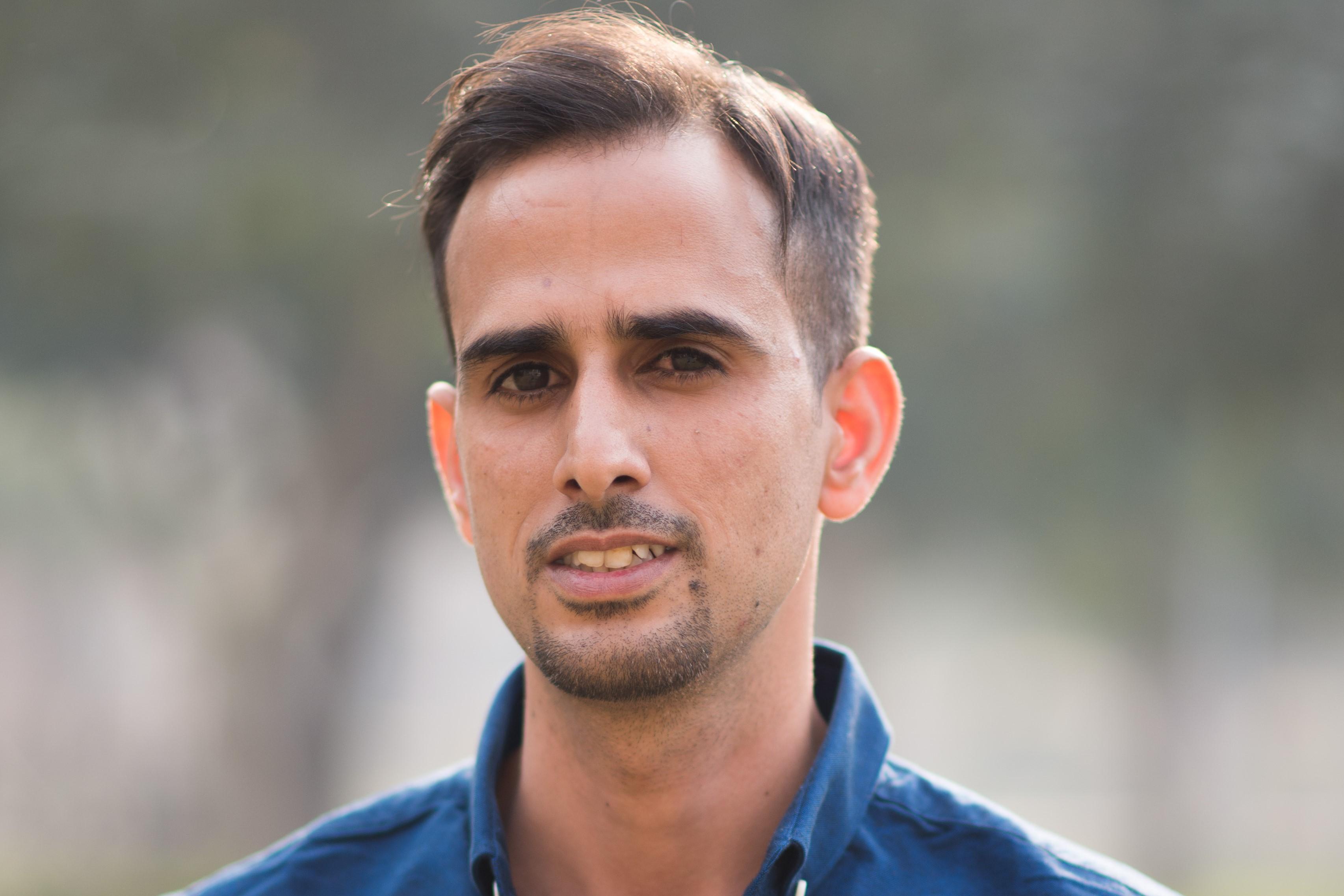Abstract:
Optimal control theory is a mathematical framework used to determine the best control strategy for a given system based on real-time physical problems. The use of mathematical models in conjunction with optimal control theory can greatly assist in identifying effective antibiotic dosing regimens. This thesis aims to design a novel mathematical model for antibiotic dosing based on Horizontal Gene Transfer in the presence of resistant strains, and then formulate and solve the optimal control problem through numerical optimization. In the literature, optimal control problems have been traditionally addressed analytically using Pontryagin's Maximum Principle (PMP) and its variants or Dynamic Programming. Various numerical techniques for solutions have also been proposed. However, due to the discontinuous nature of the antibiotic dosing problem, it is not solvable via Pontryagin's maximum principle. In this study, we have developed a numerical approach based on the Gradient Descent Method to address this issue.
In the first phase, we examine the application of the Sobolev Gradient Method to a problem of optimal control and compare its efficiency and stability with the commonly used Gradient Descent Method. Our proposed method, the Direct Gradient Descent Method (DGDM), is summarized and tested on various examples from the relevant literature. Our findings demonstrate that when Pontryagin's Maximum Principle (PMP) is directly applicable, the DGDM performs as well as the PMP. Additionally, we apply the DGDM to problems involving a system of differential equations and an isoperimetric constraint and discover that it yields improved results compared to PMP. Finally, we explore a scenario of impulse control in a continuous system where PMP requires significant modifications and find that the DGDM can be easily applied in this case.
The second part of the thesis focuses on finding the best dosing regimen, considering the presence of susceptible bacteria and bacteria that have developed resistance to antibiotics. Two different models of resistance acquisition, which have been established as the primary drivers of in-vivo drug resistance, are explored. These models involve the transfer of resistance genes from resistant strains to susceptible ones via Horizontal Gene Transfer (HGT). We first propose an HGT model through Transformation and use the Direct Gradient Descent Method (DGDM) to determine the effective antibiotic dosing strategies. To demonstrate the effectiveness of our computational framework DGDM, we first examine the optimal dosing scenario in the absence of resistant strains. We propose a discrete dosing protocol and show that it provides lower antibiotic consumption than quasi-continuous and continuous dosing protocols in the existing literature. We then consider the Transformation model with resistant strains and note that the constant periodic dosing may result in treatment failure. We then formulate an optimal control problem for the Transformation model in two ways. In the first case, we set the objective to minimize the total bacterial density at all times and conclude that the best optimal strategy is to have a high initial dose and taper off as time goes on. In the second case, we aim to minimize the total bacterial density at the end of the dosing regimen. The optimal dosing protocol is to start with a small concentration and then taper off at the end. We perform several comparisons with respect to various killing rates responsible for resistant strains, antibiotic cost sensitivity, and washout rates, and note that the qualitative behavior remains the same. Next, we combine the antibiotic intake and the innate immune response in both bacterial populations and draw a similar comparison for both cases. Bacterial resistance due to the Conjugation mechanism has been modeled and studied in the literature with a quasi-continuous antibiotic supply. Later, we consider the antibiotic dosing model with Conjugation as a resistance mechanism and formulate the optimal control problem. Our results show qualitatively similar optimal dosing protocols as in the transformation case. We also compare our results to quasi-continuous optimal strategies from the literature.
List of publications:
Ali, A., Imran, M., Sial, S., & Khan, A. (2022). Effective antibiotic dosing in the presence of resistant strains. PLOS ONE, 17(10), e0275762. https://doi.org/10.1371/journal.pone.0275762
Ali, A., Sial, S., & Khan, A. A Computational Approach to Optimal Control Problems using Gradient Descent, Mathematics and Computer in Simulation (Submitted).
Committee Members:
Dr. Nauman Raza (External Examiner, Associate Professor, Punjab University, Lahore)
Dr. Sultan Sial (Co Supervisor, Associate Professor, Mathematics)
Dr. Amer Rasheed (Examiner, Associate Professor, Mathematics)
Dr. Tariq Jadoon (Examiner, Associate Professor, EE )
Dr. Adnan Khan (Supervisor, Associate Professor, Mathematics)


